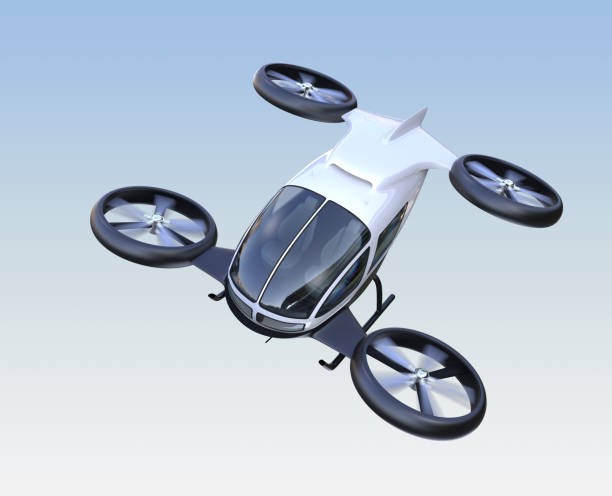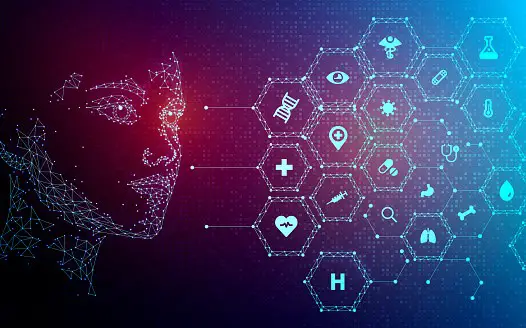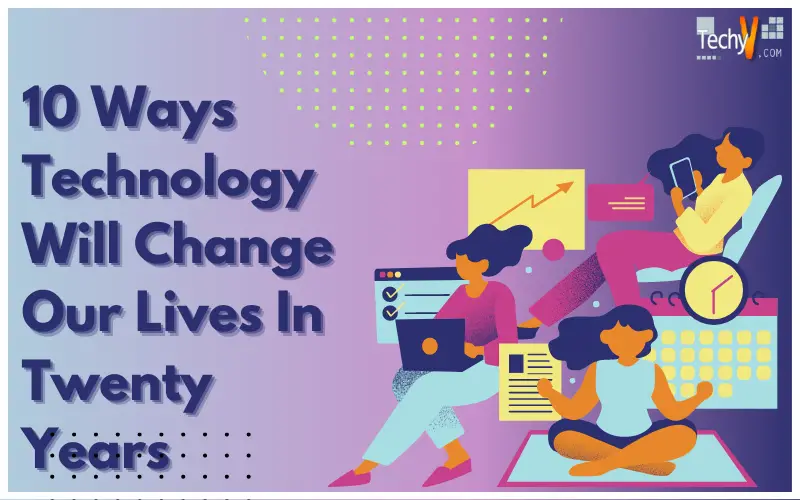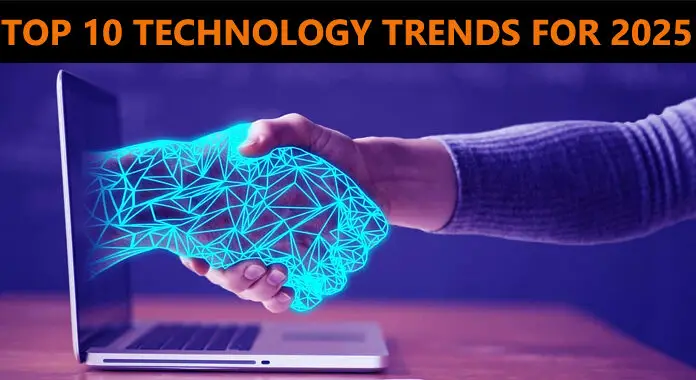One of the many things that technology is capable of is changing the world. Almost every aspect of 21st-century life is changed by technology, everything including food, healthcare access, socialization, productivity, transportation efficiency, and safety. Internet power has made it possible to creation of a world community and made it easier to exchange information and resources. Every day, we take technology for granted, even when it instantly delivers the most recent news, makes our cappuccino, or allows us to connect with a loved one halfway across the country (or even the world). Here is a list of the technologies that, in the upcoming decade and beyond, are most likely to change our lives forever:
1. Gesture-Based Computing
Gesture-based computing describes interfaces where users interact with digital resources using only their bodies rather than typical input devices such as a keyboard, mouse, game controller, or voice recognition system. Gesture-based computing is the latest development in that evolution, providing three-dimensional input that engages users in the computing process. The invention of the mouse made it possible for computer inputs to progress beyond the linear dimension of the keyboard to2D. The blending of gesture-based computing and augmented reality is one particular area where these interfaces may enable a more active and natural learning style that frequently resembles play. Gesture-based systems will provide new methods and techniques to explore visuals and interact with immersive 3D information.

2. 3D Printing Food
We do not quite live in a universe where we can use Star Trek replicators to make anything out of nowhere. However, 3D printing technology is advancing swiftly, and businesses are already testing food printing. A little low in the refrigerator? The future has no issues; print some cakes, vegetables, or even a pizza. Here, we have enormous dreams. 3D printing is also experiencing a rise in other industries. It still has many promises to transform our lives in the coming years, whether it uses to make components for board games, replacement joints like hips, or parts for airplanes and vehicles.

3. Sand Batteries
Not all technologies advancing our future must be challenging to use. Some are simple but powerful. Some Finnish engineers have developed one of these technologies, turning sand into a massive battery. The sand battery charges low-quality sand with heat from low-cost solar or wind-generated electricity. It can store the heat at approximately 500 °C, retaining it for months to keep homes warm in winter. With the installation of the first functional commercial sand battery, it might not be long until this affordable, practical technology permeates the world power systems.

4. Gene Technology
Biology’s interdisciplinary discipline of genetics focuses on deciphering and modifying the DNA and genomes of living things. A group of technologies called gene editing makes it possible to use gene therapy to alter the DNA and genetics of living things. When anything has the potential to change society as much as genomics, it’s easy to get carried away with ideas of how it could be possible to eradicate cancer or even forever extend human life. Such recent advancements are most likely decades away, assuming they are conceivable. It is typically more expensive in the short term but helps to focus on overcoming minor issues that impact the real world.

5. 3D Printed Bones
The creation of 3D-printed bones is one of the technology’s most intriguing uses. 3D printing is a sector of the economy that promises anything from inexpensive house building to accessible tough armor. What is unique about these 3D printed bones is that because of tricalcium phosphate, the body will remodel and implant them into the vascularized bone. In other words, they will allow it again for the bone it is treating to regain its previous capacity fully. To reach, the implants have a porous structure with big pores and canals for bone-remodeling cells to attach.

6. Space Tourism
We can travel to almost any place in the world without incident. One day, organizations like Virgin Galactic, SpaceX, and even Amazon Blue Origin hope to achieve this goal by offering (very costly) seats on spacecraft that will carry us into orbit. The New Shepard space shuttle from Amazon will transport its tourists 100 kilometers above sea level before returning to Earth by parachute.

7. Flying Cars
It is conceivable that we might take to the sky if there is no more room on the roads. Interesting flying automobile concepts already exist, demonstrating the viability of this future. We might all have other modes of mobility solutions if flying cars are not the future; jetpacks, for instance, have long been a favorite of inventors and thrill-seekers.

8. Underwater Gloves
The octal gloves are just one example of how technology has advanced by emulating the traits of many animals. The suckers on the gloves may tighten and relax to grab objects underwater without exerting a crushing force due to these suckers and several microsensors. Future rescue divers, underwater archaeologists, bridge engineers, salvage crews, and other professionals in related industries might make use of this.

9. Artificial Intelligence
The capacity for logical thinking in machines and learning is called artificial intelligence or machine learning. That means robots can make decisions, perform tasks, and even predict the future based on what they know from data. One surprise at knowing how much more of a part AI and machine learning already play in daily life. Every Google search you conduct, Alexa, Siri, Amazon product offers, Netflix and Spotify tailored recommendations, security checks for unauthorized credit card payments, dating applications, and fitness trackers. AI is capable of controlling each of them.

10. Solar Panel Technology
Another long-standing technology is solar power, which has enormous future potential. Tesla Solar Roof tiles have made it possible to conceal them in the roof tiles of your home. Some businesses are now working on incorporating them into automobile roofs, where they can power in-car technology or extend the battery life.



















